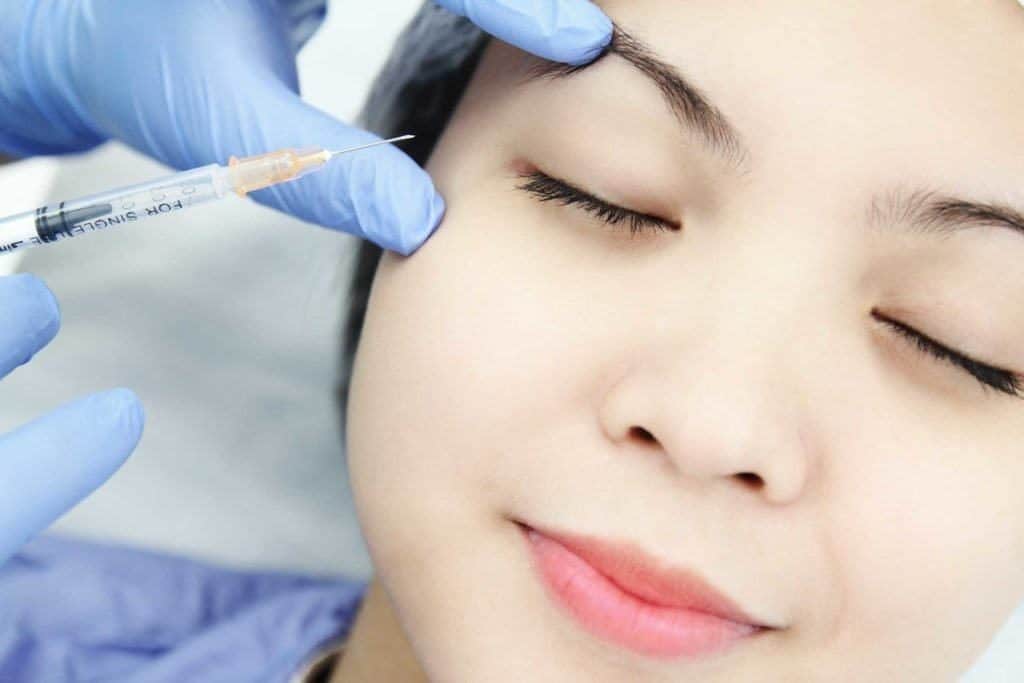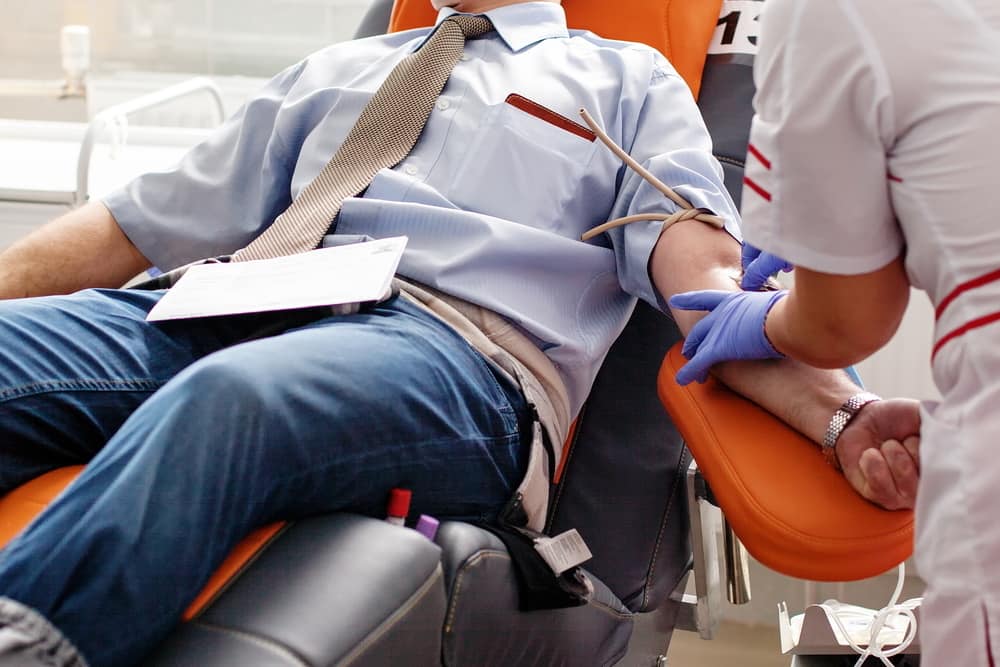Contents:
- Medical Video: Dr. Brandenburg Introduces Advances in Botox Treatment with Pediatrics at Mayo Clinic
- What are the medical uses of Botox?
- How does Botox work as a stroke treatment?
Medical Video: Dr. Brandenburg Introduces Advances in Botox Treatment with Pediatrics at Mayo Clinic
Botox is a name commonly used for facial injection procedures which is known to be effective in reducing the appearance of fine lines and facial wrinkles. Botox and other similar products are injectable solutions made with botulinum toxin and can temporarily control wrinkles. But the use of injection of botulinum toxin for the benefits of beauty is fairly new. Injection of botulinum toxin has long been used for several muscle changes that may occur after stroke.
Botox is a botulinum toxin, a type of neurotoxin toxin that is strong and produced by the bacterium Clostridium botulinum. In the beginning, this toxin was identified as a deadly poison and can be obtained by eating food contaminated with clostridium botulinum. The impact of this disease, which causes prolonged nerve paralysis and muscle weakness, is called botulism. This disease is caused by the effects of life-threatening toxins and makes muscles in the entire body weak, including muscles that control important functions such as breathing.
What are the medical uses of Botox?
After 1950, scientists developed the ability to isolate toxins and carefully inject them into the muscles to treat medical problems such as muscle spasms that can occur after a stroke or in serious neurological disorders such as cerebral palsy.
Changes in some muscles can affect stroke sufferers. Atrophy is muscle weakness and loss. Other muscle effects due to stroke include seizures, spasticity, contractures and contractions. Muscle spasms occur when the muscles are active without realizing it, aka accidental. People who suffer from spasticity or contractures experience excessive activity from certain muscles. Spasticity occurs when muscles become stiff because long-term muscle activity in which the muscles cannot move by themselves is caused by damage to the brain or spine. In addition, contractures occur when the muscles are locked in active condition but are too weak to move consciously. Muscle spasms, spasticity, and contractures can occur after a stroke due to changes in the structure of the brain and nerves. This can be very painful and may even lead to injury.
How does Botox work as a stroke treatment?
Botulinum toxin, a component of botox injections, works by preventing normal or abnormal interactions between nerves and muscles, especially those that cause muscle paralysis. Botulinum toxin works on the nerve part that sends messages to the muscles. Nerves generally send messages to the muscles by stimulating the release of neurotransmitters called acetylcholine. Under normal circumstances, acetylcholine is released when the nerves are activated. Acetylcholine binds to muscles, quickly initiates a series of events that cause the muscles to contract.
When muscle contractions, this condition indicates that acetylcholine is active. However, when the muscle is over-stimulated because of damage caused by a stroke, this condition will remain active even when it should not, resulting in an inability to relax. Botox injections can cause muscle relaxation by blocking contraction (activation). Botulinum toxin prevents the release of acetylcholine which causes muscle paralysis.
Although botulism is dangerous and causes paralysis in many muscles, botulinum toxin injections make it possible to target certain muscles that are too active. In situations of convulsions, spasticity, and contractions, patients can actually benefit from muscle paralysis. The effect of botulinum toxin injections is temporary and does not eliminate seizures, spasticity, or whole contours, but can reduce some of the discomfort that occurs in some patients after a stroke. Can also help stroke sufferers who experience problems in controlling the urinary tract. This toxin does not have a curative effect and cannot help restore brain function. Botox treatment for stroke patients must be injected by trained doctors who are experienced in the treatment of stroke and injection of botulinum toxin.












